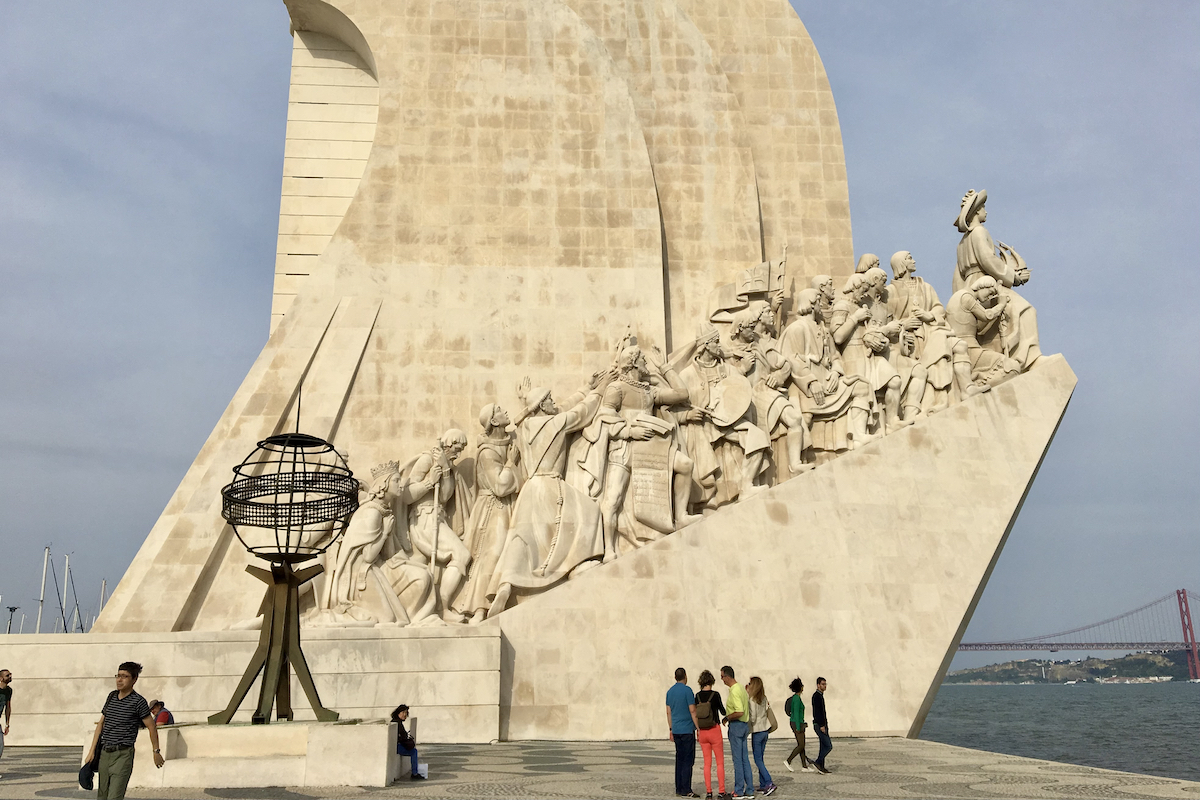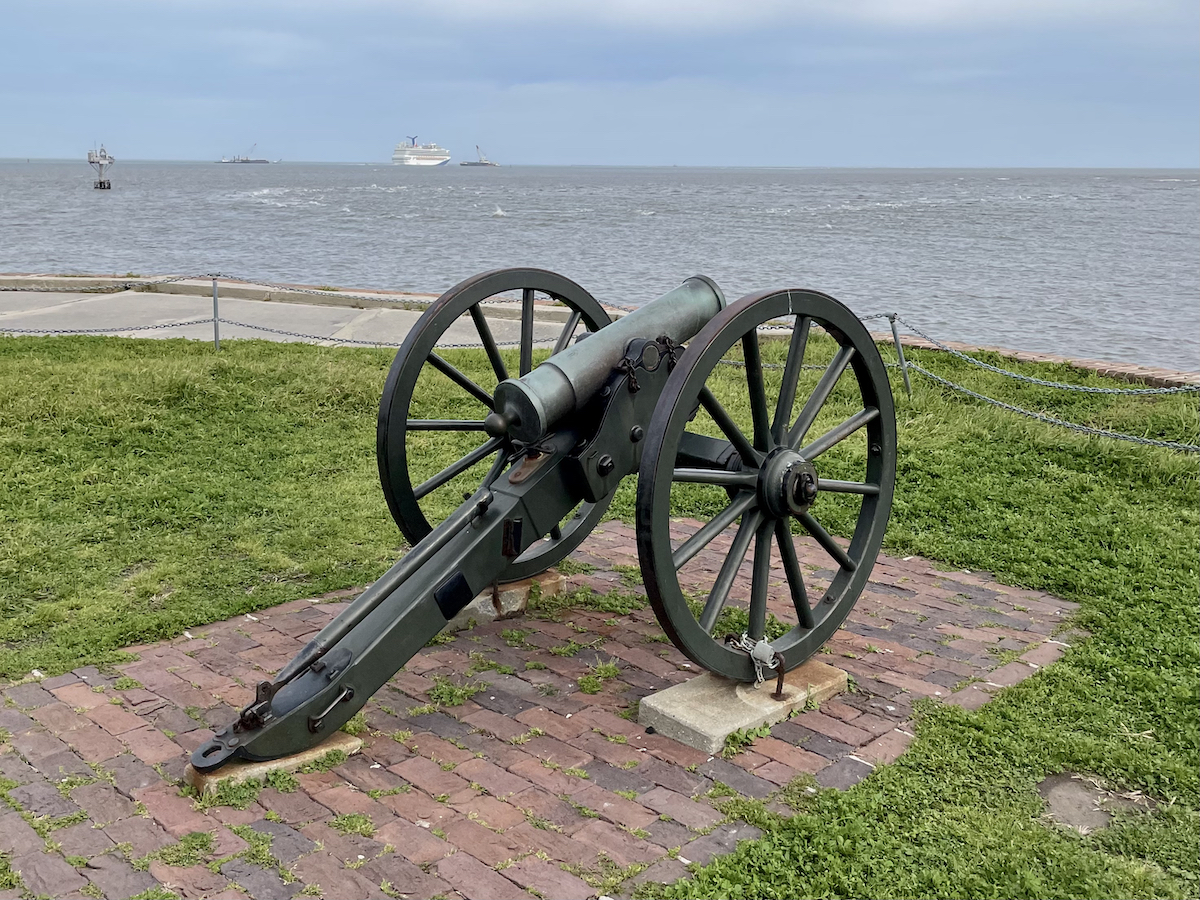Tag: Memorials
-

Japan: Real-Life Anime (Part III)
Japan, a country where anime artists design public transportation, is living in 2022, while the rest of us remain stuck in 1954.
-

Japan: Real-Life Anime (Part II)
Remember when Bugs Bunny dug a hole so deep he ended up popping up on an upside-down oriental world? News flash: we’re the upside-down ones.
-

London off My Beaten Path
I hopped on the brand-new Elizabeth line, and it took me to places I’d never been before.
-

Beautiful Portugal: Small but Mighty
Don’t get fooled by its quaintness. At its height, Lusitania’s imperial influence stretched across 50 countries in Africa, Asia and the Americas.
-

21 London Sites Where History Comes Alive
“Londinium,” as the Romans called it, it’s basically a giant, open-air museum.
-

I Saw a Church Inside a Mosque in Spain (Part III)
Past, present, and reality more fantastic than fiction meet in Seville.
-

You Can Have Charleston
Stunning architecture, world-class gastronomy and a complicated past: I’m glad I checked the South Carolinian capital off my bucket list.
-

“Slava Ukraini!” from Berlin with Love
The Ruso-Ukrainian War hits you differently in the spectacular German capital.